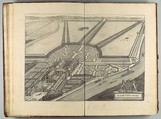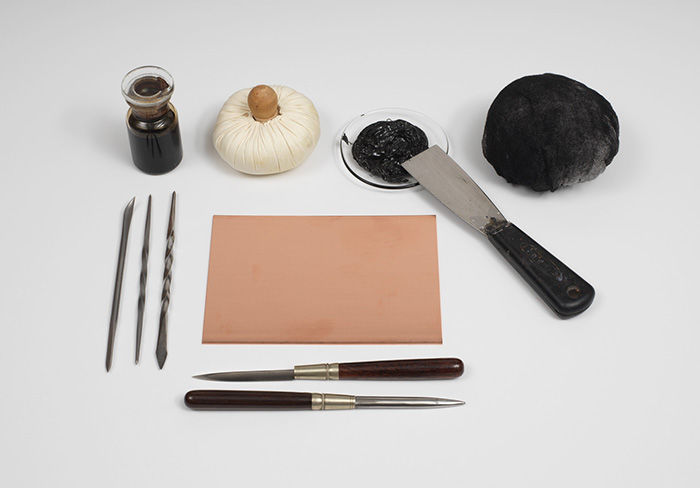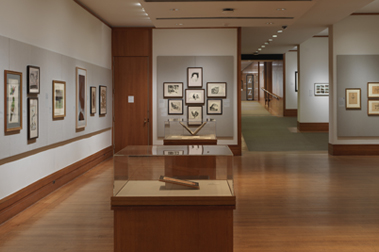Nouveau Theatre de la Grande Bretagne: Ou Description Exacte des Palais de La Reine, et des Maisons les plus considerables...de la Grande Bretagne
Engraver Johannes Kip Dutch
After Leonard Knyff Dutch
Publisher David Mortier British, born the Netherlands
Not on view
Hampton Court, near London, originally dates to the early sixteenth century. Renewed in the late seventeenth century by William III of Orange and Mary II Stuart as king and queen of England (1689–1702), the estate acquired international renown as premier country seat, a role it still fulfills as one of England's most celebrated historic sites. The magnificent bird's-eye views made by Leonard Knyff (1650–1721), each taken from a different direction, are important records of the palace and garden around 1700. The print illustrated here is part of a series of seventy-seven views of English country seats engraved by Johannes Kip (1653–1722) after Knyff's drawings and published as Britannia illustrata (1707), a year later as Nouveau theatre de la Grande Bretagne. The print provides a far view eastward from the palace over the Great Parterre, or "Fountain Garden." From here three monumental avenues in the form of a patte d'oie, or goosefoot, radiate into the surrounding countryside. The well-known French Huguenot Daniel Marot (1661–1752), William III's architect and interior designer in the Netherlands since 1685 (Het Loo, Apeldoorn), was responsible for the decoration and waterworks of the parterres, done entirely in the latest French style. Hampton Court's Wilderness and recently restored Privy Garden are also attributed to Marot, who was one of the main contributors to the development of the Anglo-Dutch garden.
This image cannot be enlarged, viewed at full screen, or downloaded.


